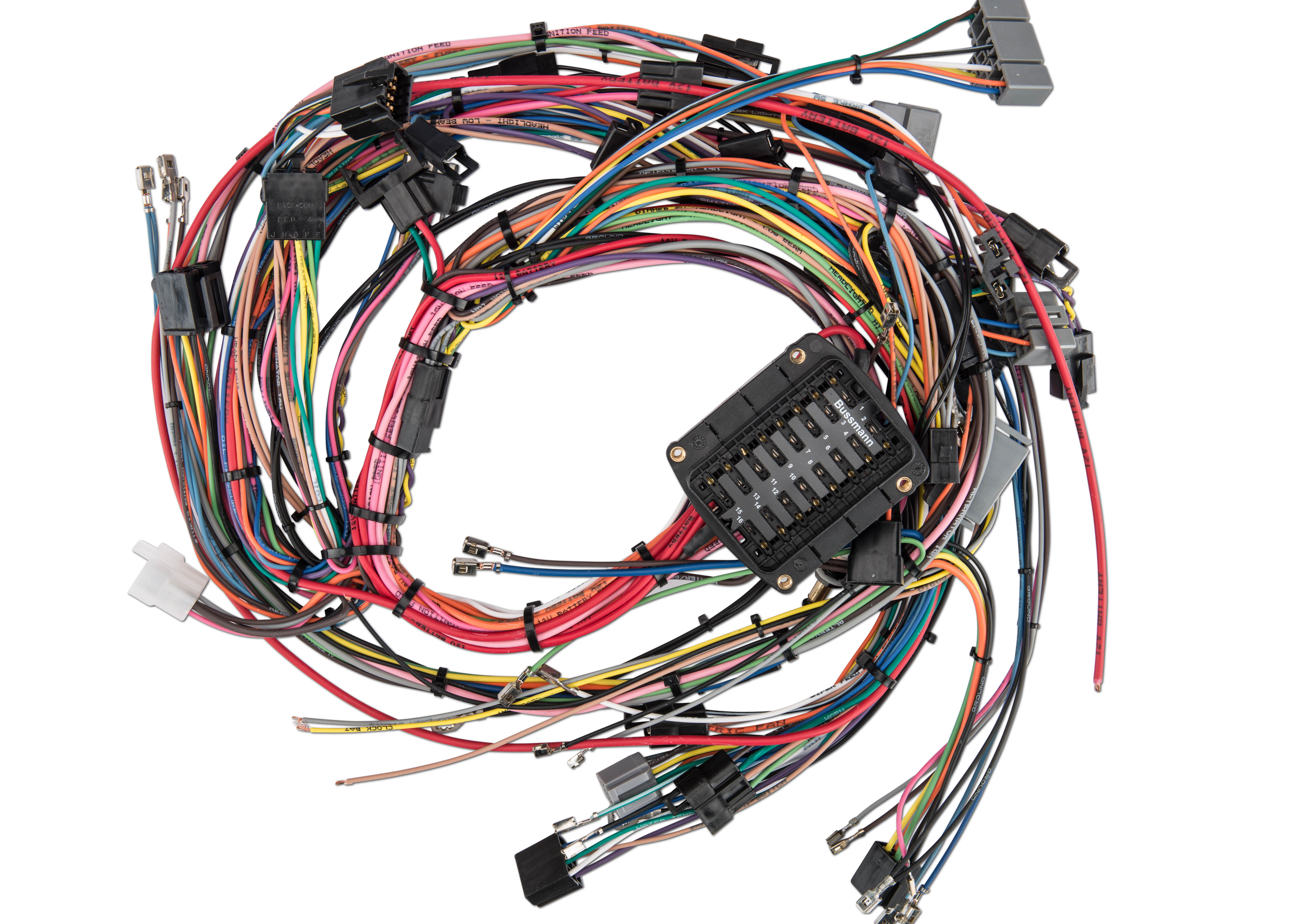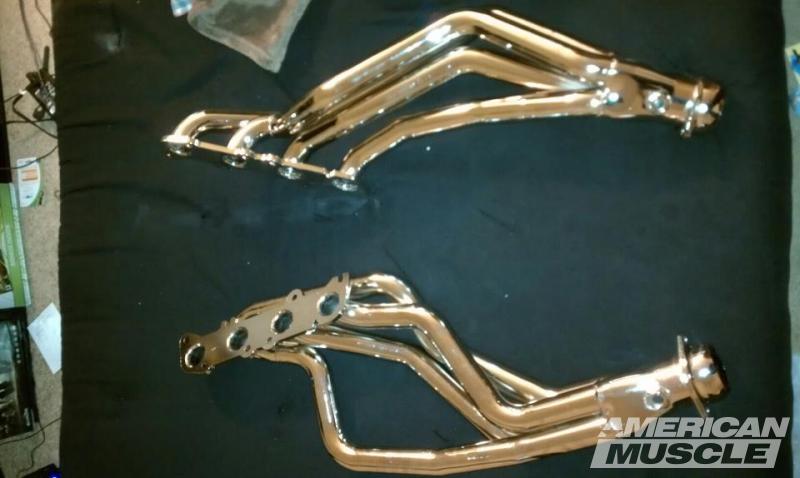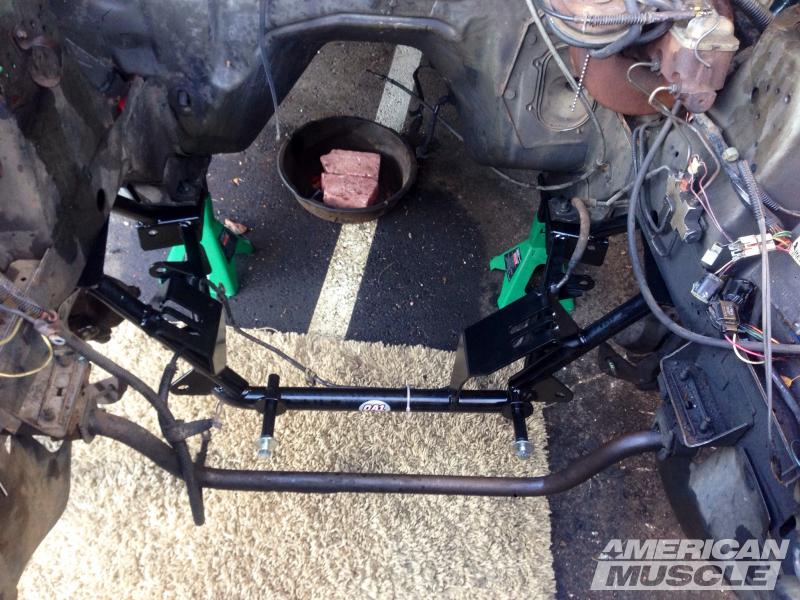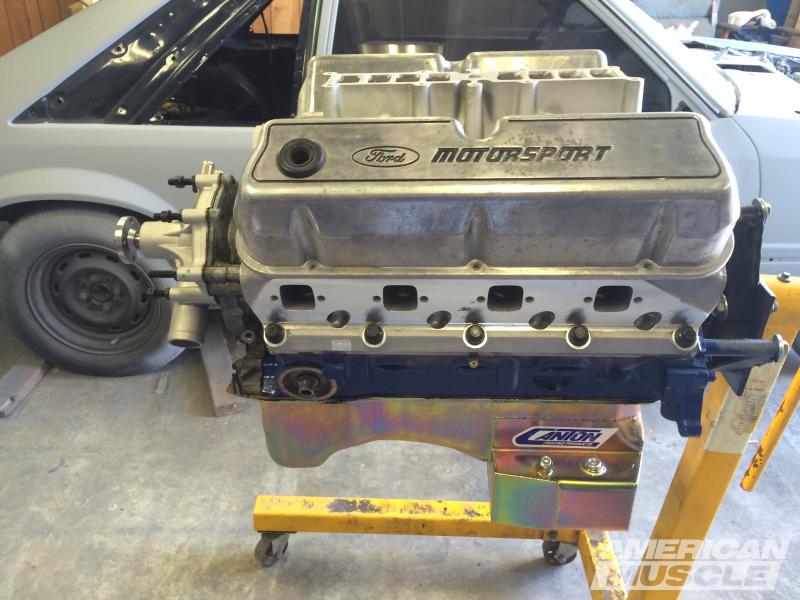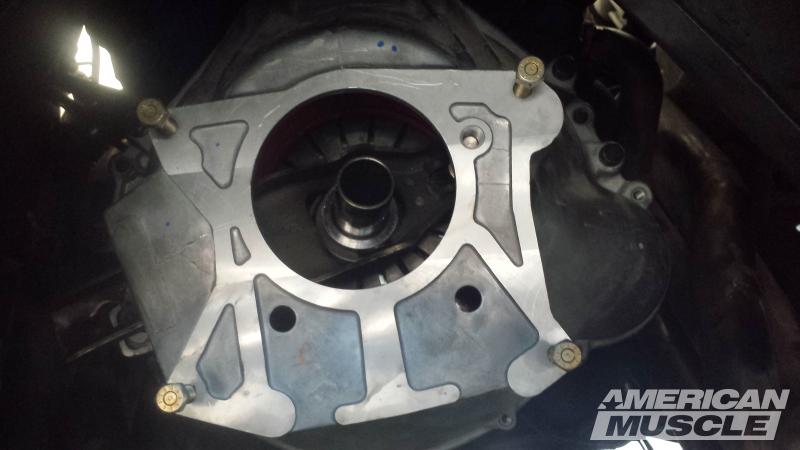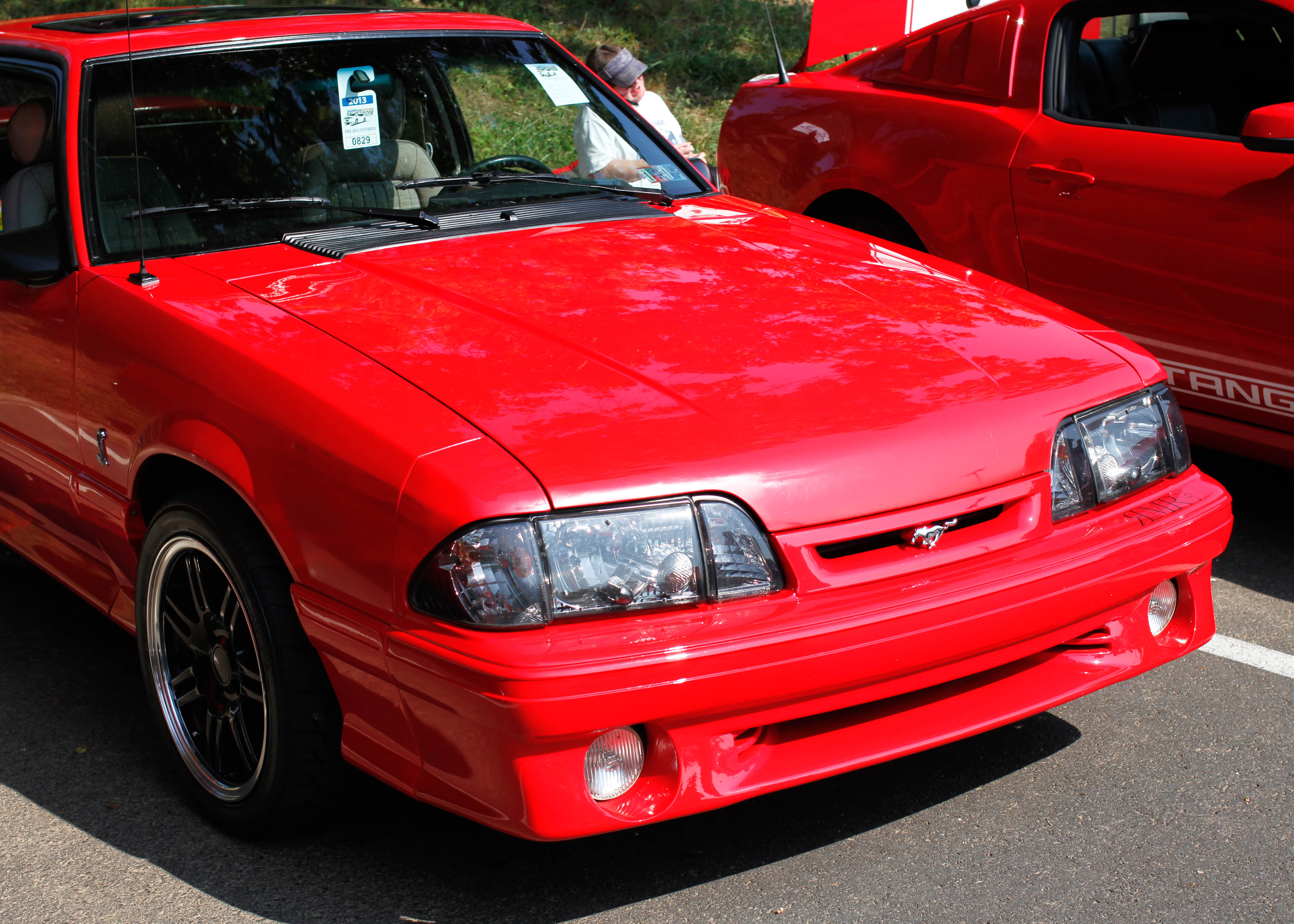1994-1998 Mustangs: Installing a Coyote in a New Edge 'Stang is a direct swap for all intents and purposes. The engine itself fits directly in place on the K-member. However, a few changes must be made in order to complete the new-tech upgrade. The Coyote engines use completely different electronics (gauge's and such), so you’ll need to do a lot of swapping to make the engine compatible.
Coyote headers tend to interfere with a lot under a New Edge. Specific conversion minded headers and other mods are necessary to hook up the exhaust. The stock K-member also becomes an issue if you decide not to swap it out. You’ll need a shorter oil filter to make it work. Same with the Foxbodies, a Terminator K-Member is a good choice.
The Coyote oil pan will need to be swapped for a New Edge/Coyote designed one. Using a T-5 transmission is doable with a Quicktime bellhousing. A T45, TR3650, or 2003-2004 Cobra T56 transmission is a bolt up application. T56 Magnum, or TKO 500/600 will need a Quicktime housing as well. The flywheel will need to be an 8-bolt 1996-2004 unit and clutch can be any 10.5" or 11" 1996-2004 unit. Just make sure to get the correct spline for your transmission. Of course, depending on year model, driveshaft and crossmember replacement/modification will be required as well. 4R70W will need an 8 bolt flexplate.
S197 2005-2014: The S197 Mustang and all previous years have a belt-driven power steering pump, but the 2011-2017 Coyote Mustangs have an electric power steering system. A Ford Racing adapter bracket was installed on the right side to carry over the S197 steering rack. You'll also need a Ford Racing alternator kit to move the alternator to the left side of the engine. A BOSS 302 bracket also does the same job.
The Ford Controls Pack will make the swap into an S197 a breeze. Pulling the late-model PCM and plugging it in won't complete the swap; that PCM might not play nice with your Mustang's computers. The Ford pack includes a new PCM with a performance calibration along with a power distribution module which takes care of relays for fans and other accessories. Note that the PCM works with a return style fuel system only. A new aftermarket sending unit for better fuel delivery will work in the stock tank. The same Ford pack also takes care of the Coyote or Aluminator transmissions.
The sway will also require the use of a BMR tubular K-member to hold the motor and secured using new Coyote motor mounts. Coyote swap conversion long tube headers will need to be located, and the rest of the exhaust will need to be custom fabricated.

